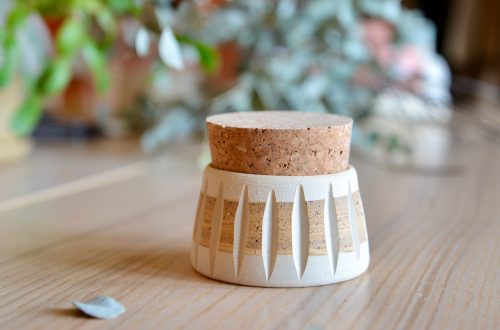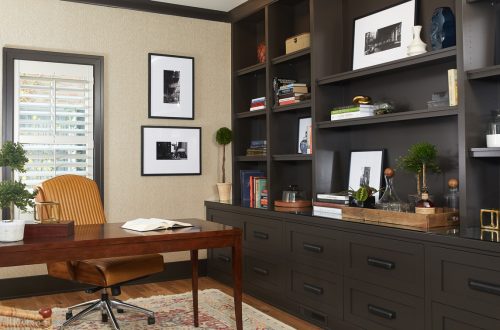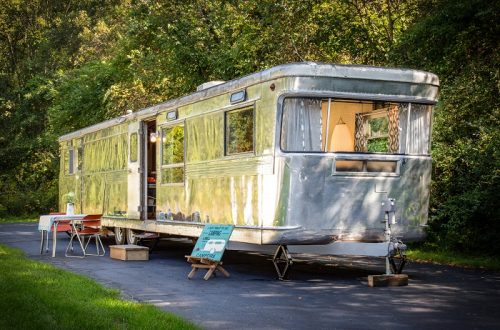The River North Design District of Chicago celebrated the art and design community with its sixth annual River North Fall Gallery Walk, an event that took place on September 10, 2021, comprising 17 design showrooms, as well as kick-off and after parties. At this year’s event, a total of 25 artists and 18 designer vignettes were featured and displayed in each showroom until October 11, 2021.
Within each participating space on opening night, guests walked into a transformative experience—exquisite displays of art and design, the gathering of Chicago’s art and design community, and various food and drink pairings courtesy of event sponsors.
Great Lakes By Design Magazine had the opportunity to speak with Daniel Kinkade, an art consultant and partner of this year’s RNDD Fall Gallery Walk, as well as a few of the artists featured in the event, such as Zack Smithey, Patrick Sansone, René Romero Schuler, and Savannah Jubic, to learn more about their work and their participation in the event.
DANIEL KINKADE
Art Consultant, Designer
Chicago, Illinois
ZACK SMITHEY
Interdisciplinary Artist
St. Louis, Missouri
For this year’s Gallery Walk event, Daniel Kinkade enlisted Zack Smithey, who he has collaborated with on client projects in the past, to assist with achieving the vision of a designer vignette.
Great Lakes By Design: What first drew you to working in the art and design industry?
Daniel Kinkade: I majored in French and history in college, but my heart felt full around art and design. Then I went to grad school for design in Chicago, and the art history classes were my favorite part of school. I can’t draw a stick figure, but I can appreciate it. There is something about art that just really pulls at me, visual art specifically, in a way that I think music pulls at other people. I think if you believe in something and you are passionate about it, it is easier for you to sell and work in it.
Zack Smithey: I have been an artist pretty much my whole life, since before I knew that art could be a job. My grandma was a professional artist, and when she would babysit me back in elementary school, she would set up still life in the middle of the kitchen table and we would sit on opposite sides and both draw or paint that, and then have what I didn’t know at the time were college-level critiques. I have had a solid foundation for art for as long as I can remember.
I taught high school art for seven years right out of college; I wanted to get a financial footing before I broke away and did art full time. It has now been about eight years that I have been full time art without any other sort of job. This is my life; this is what I love to do.
How do you feel art and design events like the RNDD Fall Gallery Walk make an impact?
DK: As far as Chicago goes, I think it makes a big impact, because people are used to The Merchandise Mart being where all the design is based, and that comes with a bit of untouchability, because for a lot of the showrooms you have to be a designer to even go into them.
With the Gallery Walk, it brings people in who are normally scared or intimidated by the world of art and design—they think they can’t afford it; they think that they are just not a part of that world, or they are afraid to get started—it is really pioneering I think in Chicago to bring those worlds together.
ZS: Several years ago, I started working with designers quite a bit. They are visual curators and they bring together people like me, the artists, with the manufacturers of different products. They are like the glue that binds all these things into one visual environment and I think it is cool to be a part of that.
Do you have a favorite medium to work in when creating?
ZS: I am primarily an interdisciplinary process artist, so I am focused mostly on the ‘how’ over the ‘what’ of creating art. We are emotional beings, so some days I walk into the studio and I just want to sling paint and feel the expressiveness and the physicality of the action of painting, and sometimes I just want to get lost in the tiny details. My favorite style to work in is usually what I am working in right now. It fluctuates as I fluctuate.
What does design mean to you?
DK: This is a word that we could dissect for hours and days. There is the function side of design, but for me, design is more about memory and being memorable. I always say to my clients, ‘as much as I love a $20,000 sofa, when you have friends at your house, they are going to go home and talk about the artwork that was hanging above it.’ Design, for me, is about emotion.
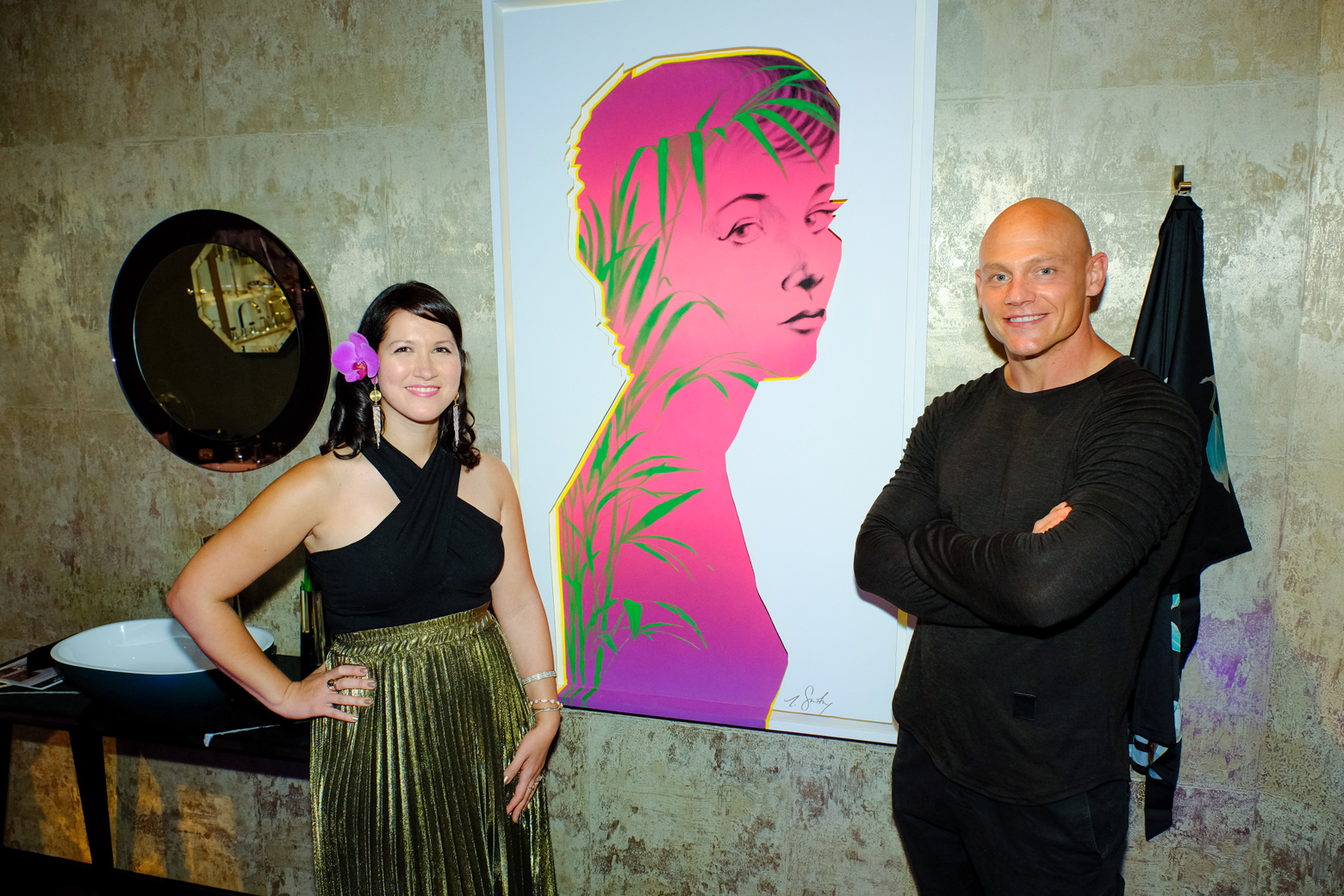
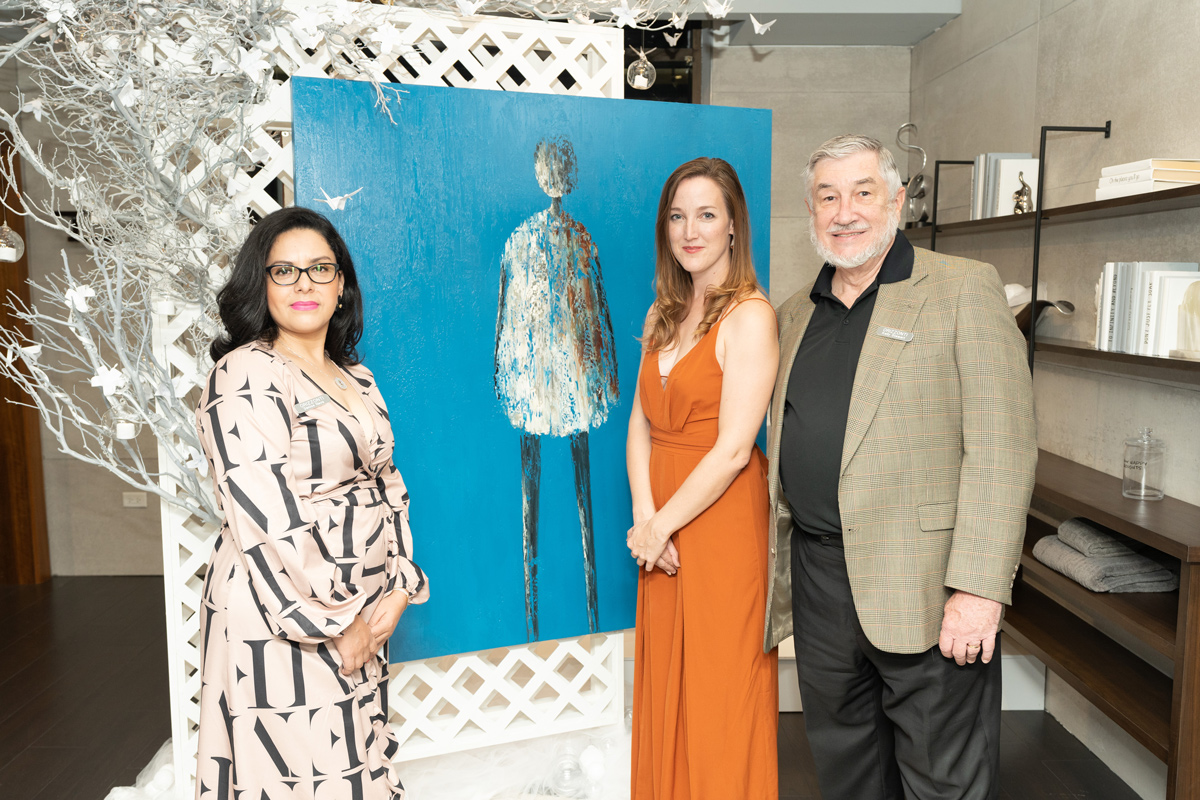
RENÉ ROMERO SCHULER
Painter, Sculptor
Lake Bluff, Illinois
Great Lakes By Design Magazine: What does your work aim to say?
René Romero Schuler: It aims to say a lot of things, but mostly just that we are all powerful and beautiful no matter what we bring to the table. Not so much despite all the baggage or scars, or stuff that we carry with us, or that have shaped us, but because of them; they make us more dynamic and more extraordinary.
The paintings—everything about them is very deliberate. They are done with a palette knife, [which] creates great texture and mark making all throughout, and that is intended to emulate the texture and grit of life. The figure becomes this beautiful entity. When you stand back from it, you see something beautiful, but when you really dig in and get up close you see that it is made up of so much stuff. That is really the message in there, is that we have all have stories, every one of us.
Your portfolio includes work using various materials and mediums—which medium is your favorite to work with and why?
I would say I am an oil painter first and foremost. That is absolutely my medium of choice. I have always loved working with oil, I like the viscosity of the material, the drying time—everything about it.
The other mediums have come about for a variety of reasons, one is because I am a creative and I don’t think it stops with just one way of doing what I do, so I experiment with a lot of other things. Also, they came about just from feeling blocked at times and not feeling the right energy to push forward with what I have been doing, and so I just explore other things and find other ways of working.
How do you feel art and design events like the RNDD Fall Gallery Walk make an impact?
I think the beauty of that event is in showing people how art can be so transformative within any type of space. The event was really special, because the different showrooms, like mine in particular—my work was being shown in a bath, closet, and kitchen showroom—and even with that, putting art in these kinds of spaces absolutely changes the dynamics of the space. Having people come and visit these different showrooms, it sparks ideas of like ‘wow, a painting,’ or sculpture or whatever the piece of art is—it really changed the dynamic here. I think that is a remarkable thing to share with everyone, and if I can just say I think the result has been fantastic. I have had just tremendous feedback and a lot of contacts since then, so it has been really cool.
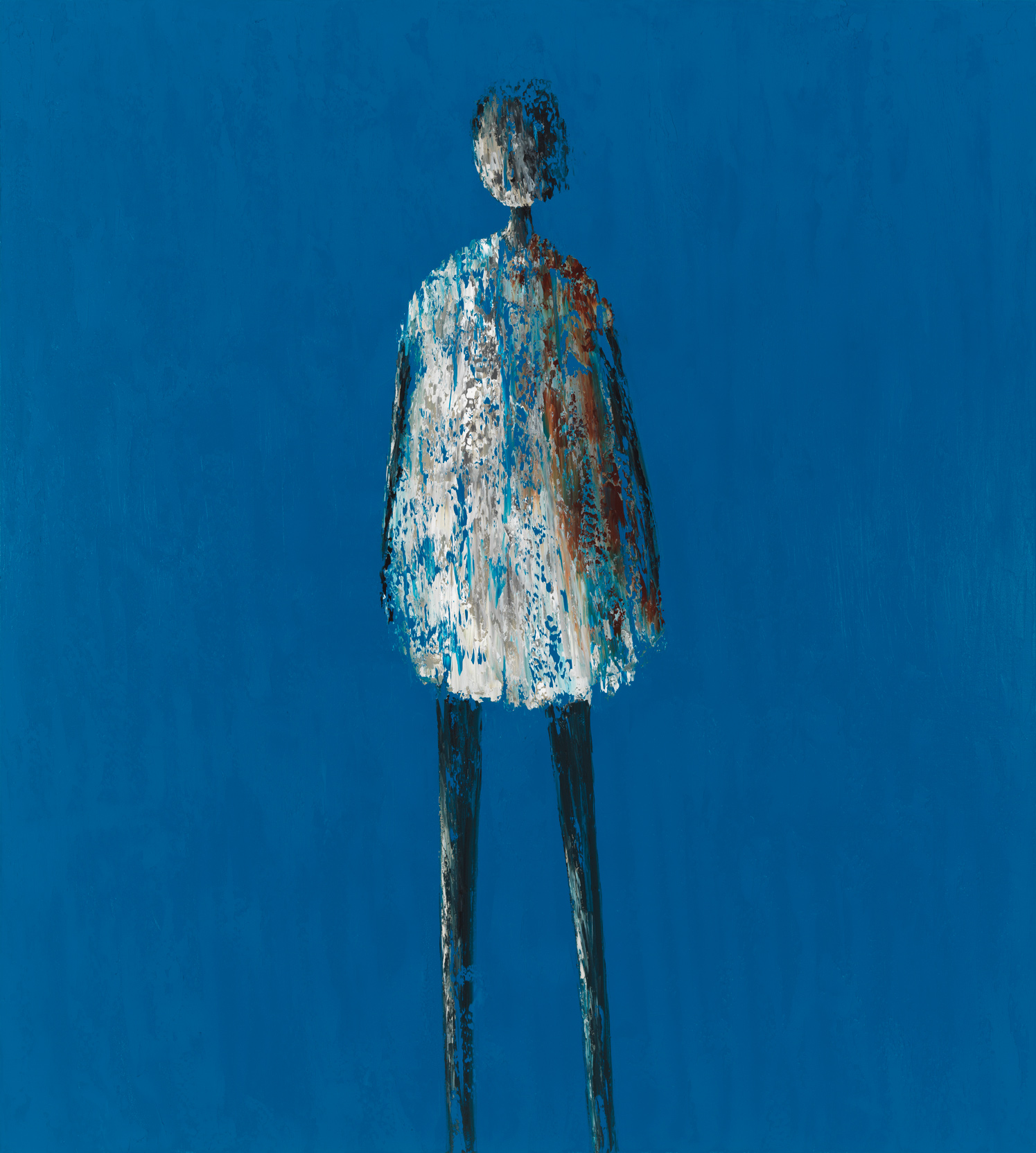
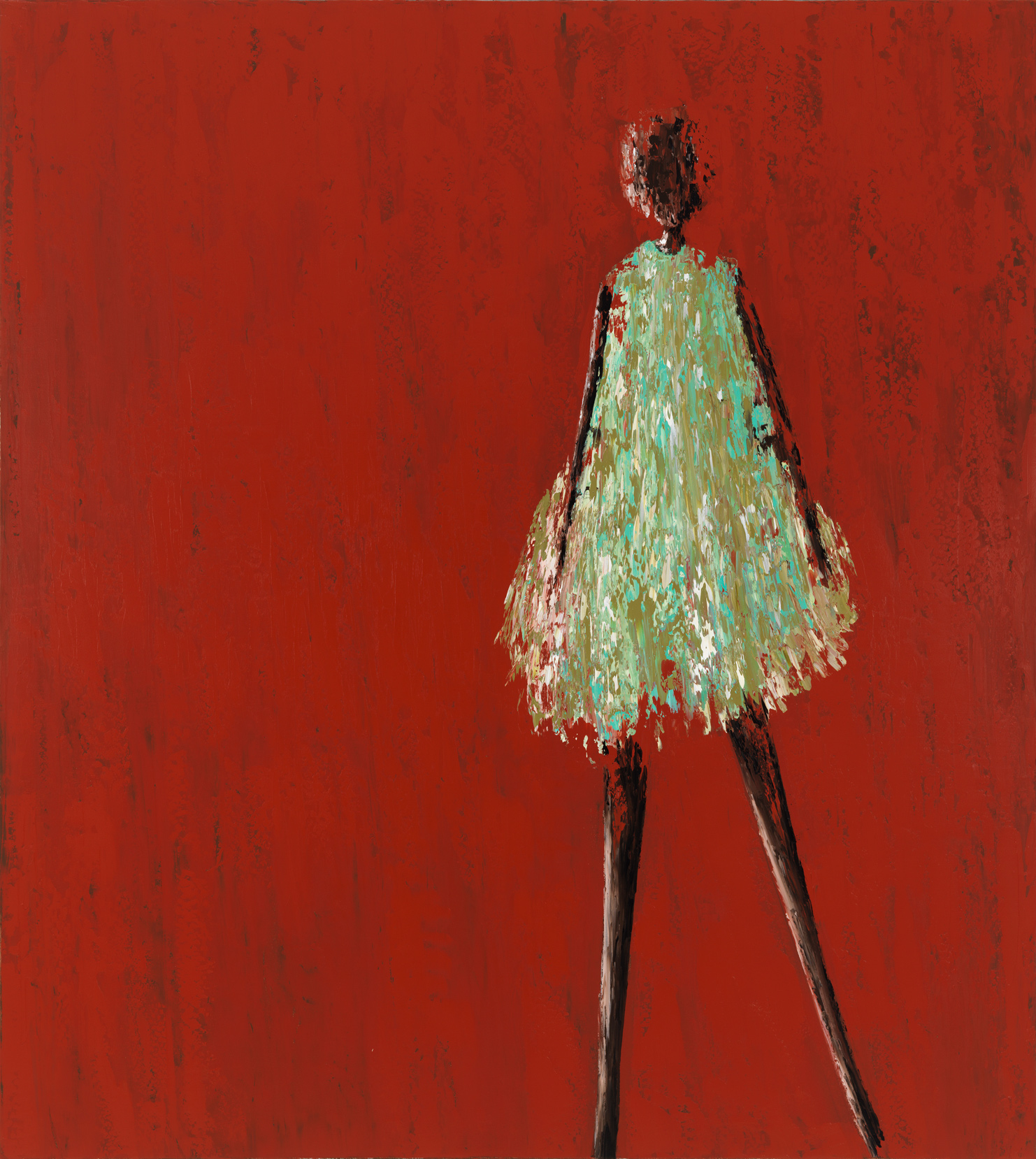
PATRICK SANSONE
Photographer, Musician, Songwriter
Chicago, Illinois
Great Lakes By Design: What first drew you to photography?
Patrick Sansone: I’ve always loved cameras as objects, I think. My dad had a beautiful camera that I now own. It is a Rolleiflex Medium Format camera, made in the early 1960’s. It is the same camera that Vivian Maier used for a lot of her photography. He had that camera when we were kids and it is what he used to take all the family snapshots with at family gatherings. It is just a gorgeous little machine, and when I was a kid, I was fascinated with it. I also would spend some time in the dark room with him when I was young. He had access to a dark room at the television station where he worked, and on weekends he would go up there and process and print his own film. I would go up there with him and I think that is really where it started for me.
I didn’t pursue it as a practice regularly until I was in my late 30’s. I would kind of dabble with cameras off and on throughout my life; I always had some cameras around, but I wasn’t taking the practice very seriously until I was in my late 30’s and I discovered a camera called the Polaroid SX-70 and I caught it just in the last few years of the existence of the original Polaroid film. When I discovered that camera, I had a bit of an obsession with it and for about five years I had that camera with me constantly and took thousands of Polaroids. That is really where I think my photography practice began in earnest.
What is your favorite camera to work with and why?
I have two cameras that I have been shooting with for the majority of the last year-and-a-half. One is a Mamiya 7, which is a medium format 6×7 [cm] film camera. It takes beautiful images and the lenses are incredibly sharp. It is very lightweight for a medium format camera, so I can roam around with it easily, and the way I shoot is very spontaneous. I don’t set up my shots; I’m not pre-planning anything. My method is to put my cameras in a bag, get in the car and just go, and kind of get lost and keep my eyes open and notice things. The lenses just see things that I don’t see. When I get photographs back, I am often really surprised by what the lens was able to capture.
I have also been shooting with a Contax S2 35 mm. Again, it is a very simple, lightweight camera. I’ve just developed a connection with it and it’s so easy for me to use it the way that I like to shoot.
Where do you pull your inspiration from?
I do love to look at photography—there are a handful of photographers who I consider my biggest influences that I do spend time looking at their work. I have quite a growing collection of photography books and a bit of a problem with buying photography books. When I’m taking photographs, I try to turn that off if I can. My practice in taking photographs is really, for me, like a meditation. What I love even as much as the results that I get back from the work, and is just as important to me, is the state of mind that I get in when I’m taking the photographs. Those two things are equally important. I think I try to just be influenced by being in the moment and by the light. Light is probably my biggest influence; I try to just follow the light and let it guide me to the things that I am noticing when I am out taking pictures. It really is a practice of meditation and noticing, more so than documenting.
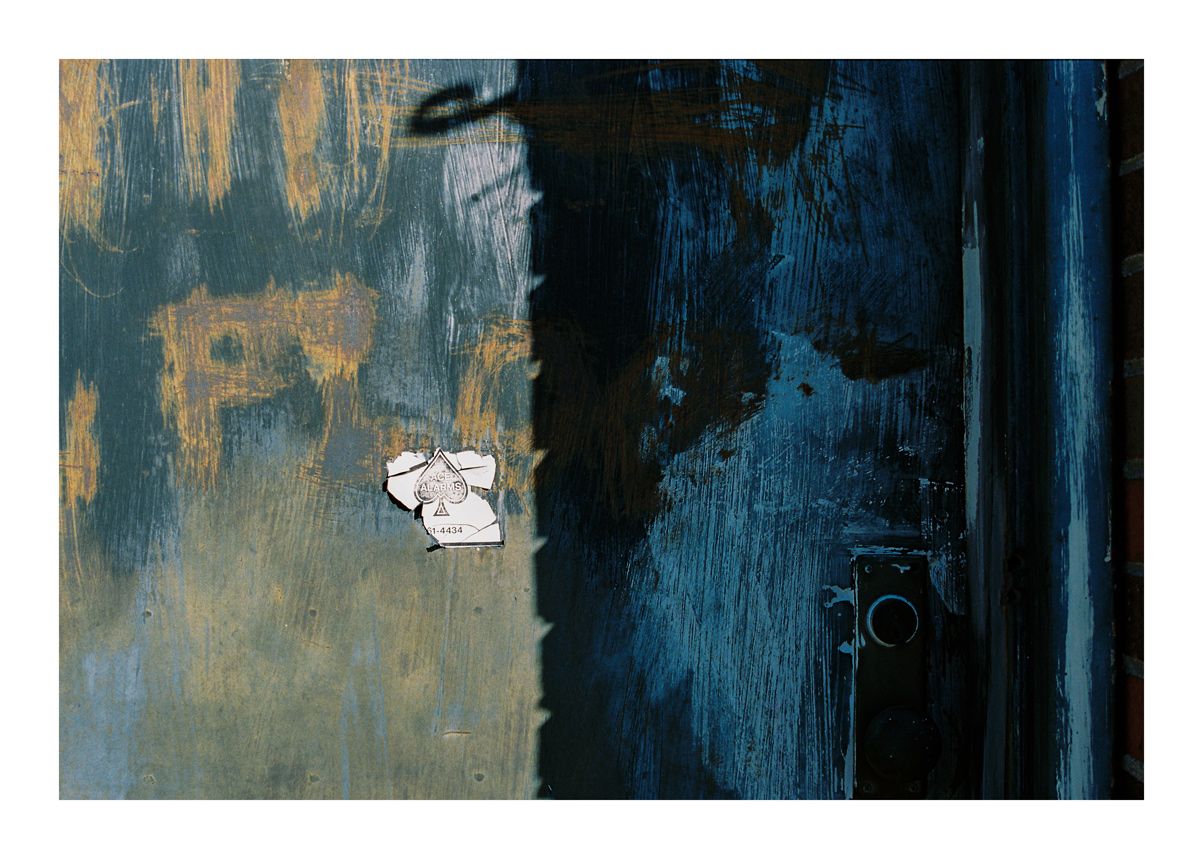
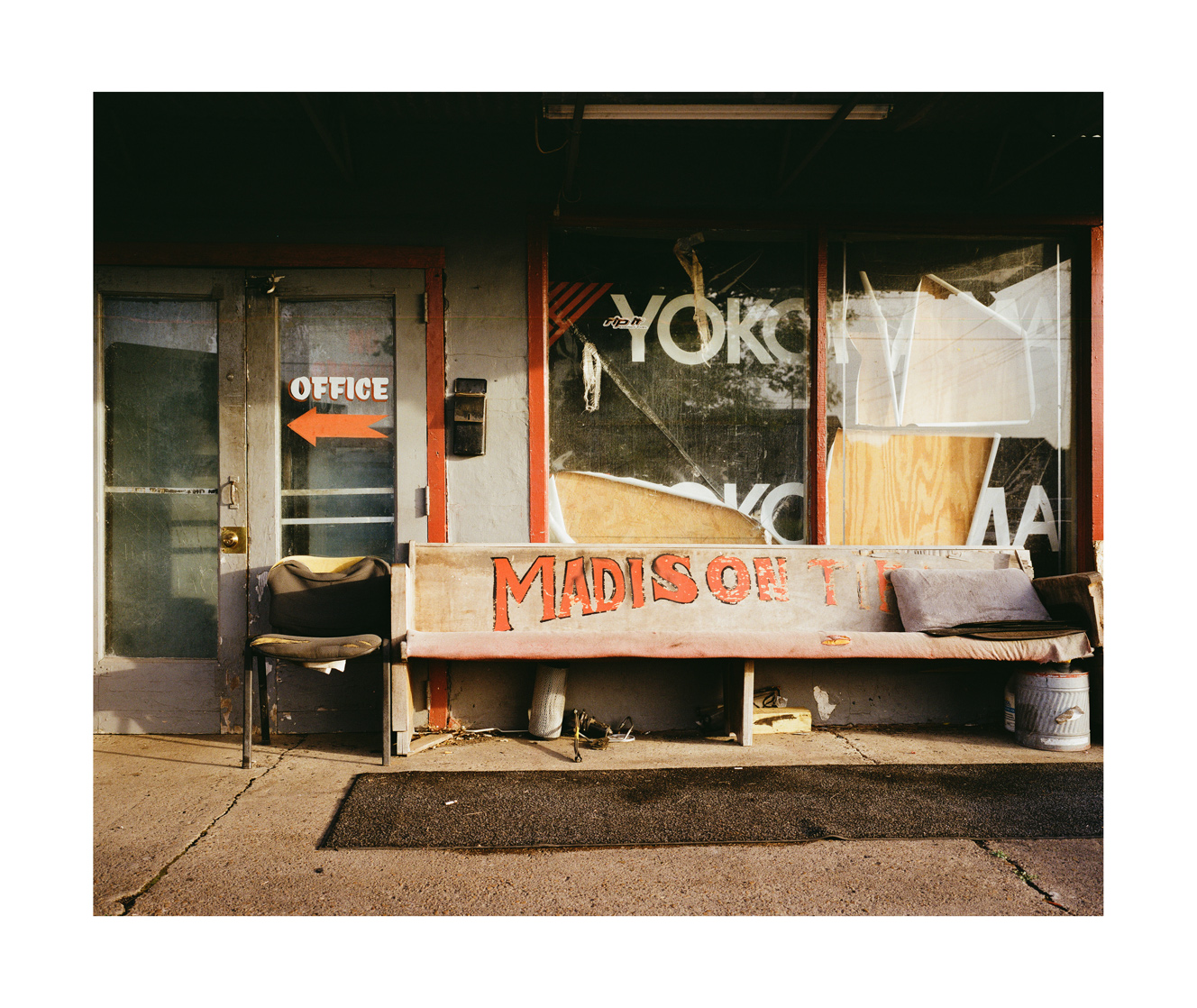
SAVANNAH JUBIC
Fiber and Installation artist
Chicago, Illinois
Great Lakes By Design: What does your work aim to say?
Savannah Jubic: My work engages with the concept of magical thinking surrounding mental health and anxiety. Frequently in fairy tales and religion there’s this concept that if a single individual could try hard enough and pull off some sacrifice or feat of labor, they could ward off danger or loss. I apply this concept to my own repetitive thoughts and worries about the world.
Recently, I’ve approached this through the meditation and therapy idea that ‘thoughts should pass like clouds in the sky.’ Through weaving my own repetitive thoughts into unmoving skies, I physically enact the internal feelings of anxiety. While I weave these skies, I play with double entendres in language, lending to an ambiguity in whether the emotion alluded to is a personal, private feeling, or one of global stress surrounding current issues.
How would you describe your artistic process?
My process is a constant collection of parts. I’m an avid reader and I read every day, keeping track of quotes that particularly strike me one way or another. I’ll also snap cell phone pictures of the sky, as I’m feeling a certain way; as it’s looking particularly pretty; as I’m the passenger in a car. I continuously collect and sit with all these pieces, and eventually I’ll combine them into the image of a textile and begin drafting one up. The process is overall quite long and there can be months of processing material before a piece even begins to come to life.
What inspires you to keep creating?
Human connection is definitely what keeps me creating. So much of my work in the art and design world has been about bringing people together, and my personal practice reflects that. I think it’s fascinating how universal emotional experiences are, regardless of differences in lifestyles or beliefs. Especially recently when it feels like empathy gaps are so abundant, I love playing with ambiguity in language and emotion to try and touch as many people as possible, even if they view the work from wildly different angles.
How do you feel art and design events like the RNDD Fall Gallery Walk make an impact?
Events like the River North Design District Fall Gallery Walk are interesting for me as a textile artist, because of how textiles sit on the cusp of art and design. Where’s the line between a textile that’s a wall hanging, a couch, a curtain? I think events like the Gallery Walk can call into question some of these boundaries.
When you entered a space at the Gallery Walk, the work wasn’t always super apparent the way it is in a traditional gallery setting, so there was more of a journey of discovery. I think situating work in a more domestic setting like this can lead potential collectors to see how works they might not necessarily consider or may seem too stark or bold in a gallery setting, could fit into a home.
What does design mean to you?
I think a lot of people only think of design in its obvious forms, such as architecture or fine art applications, but the truth is design is everywhere in our day-to-day lives and has the ability to strike emotions in us. Why do you prefer your iPhone, your backpack, your bedding? Design is a continually lived experience that touches most aspects of modern life.
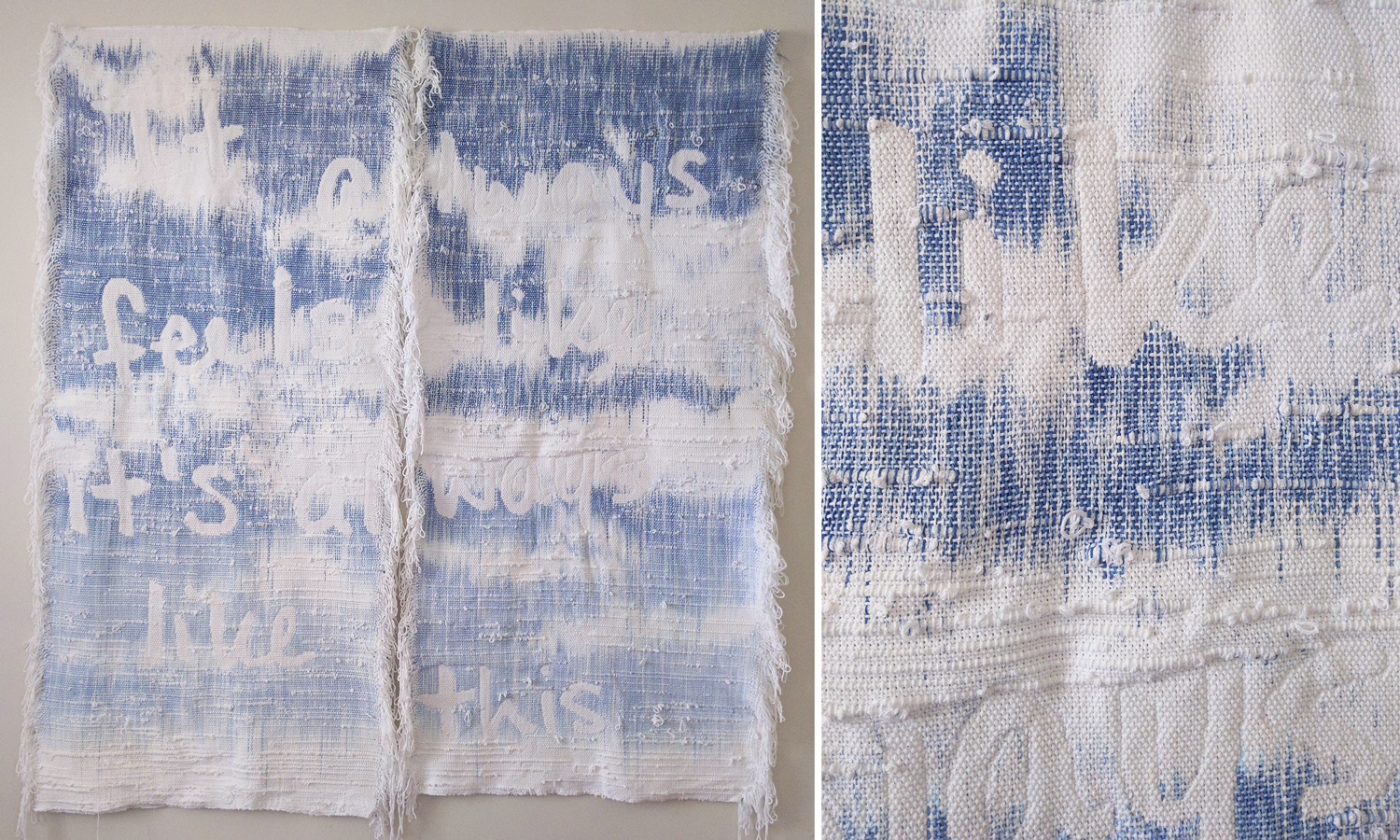
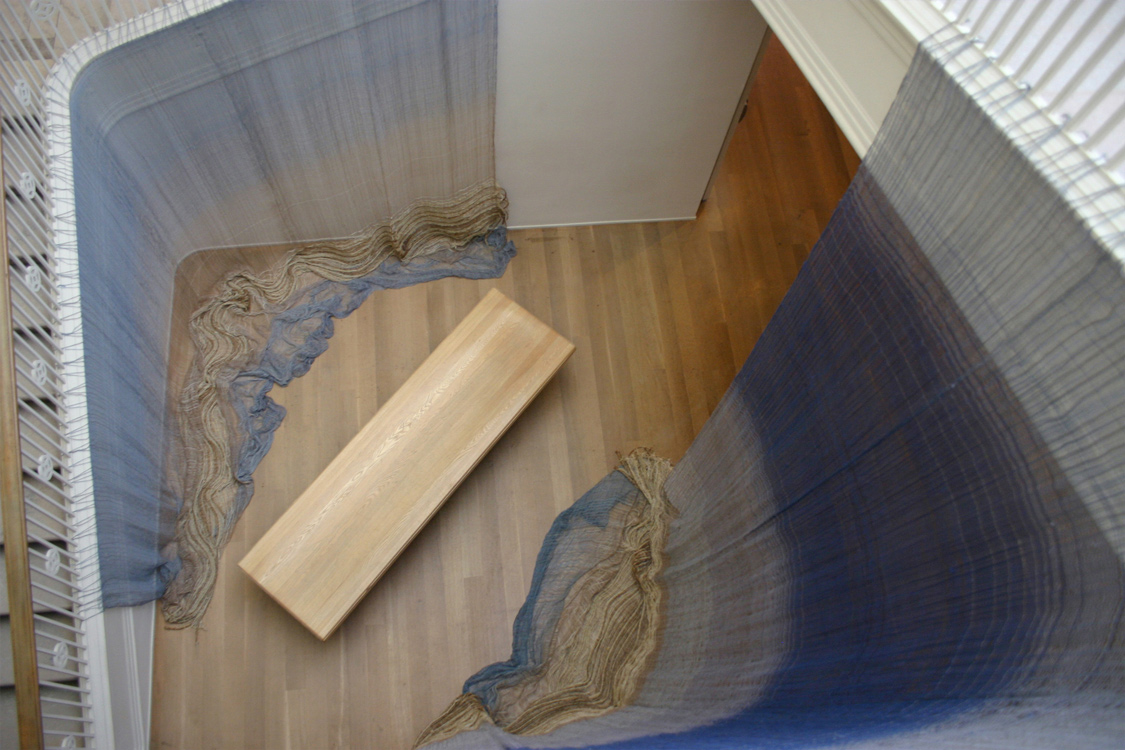
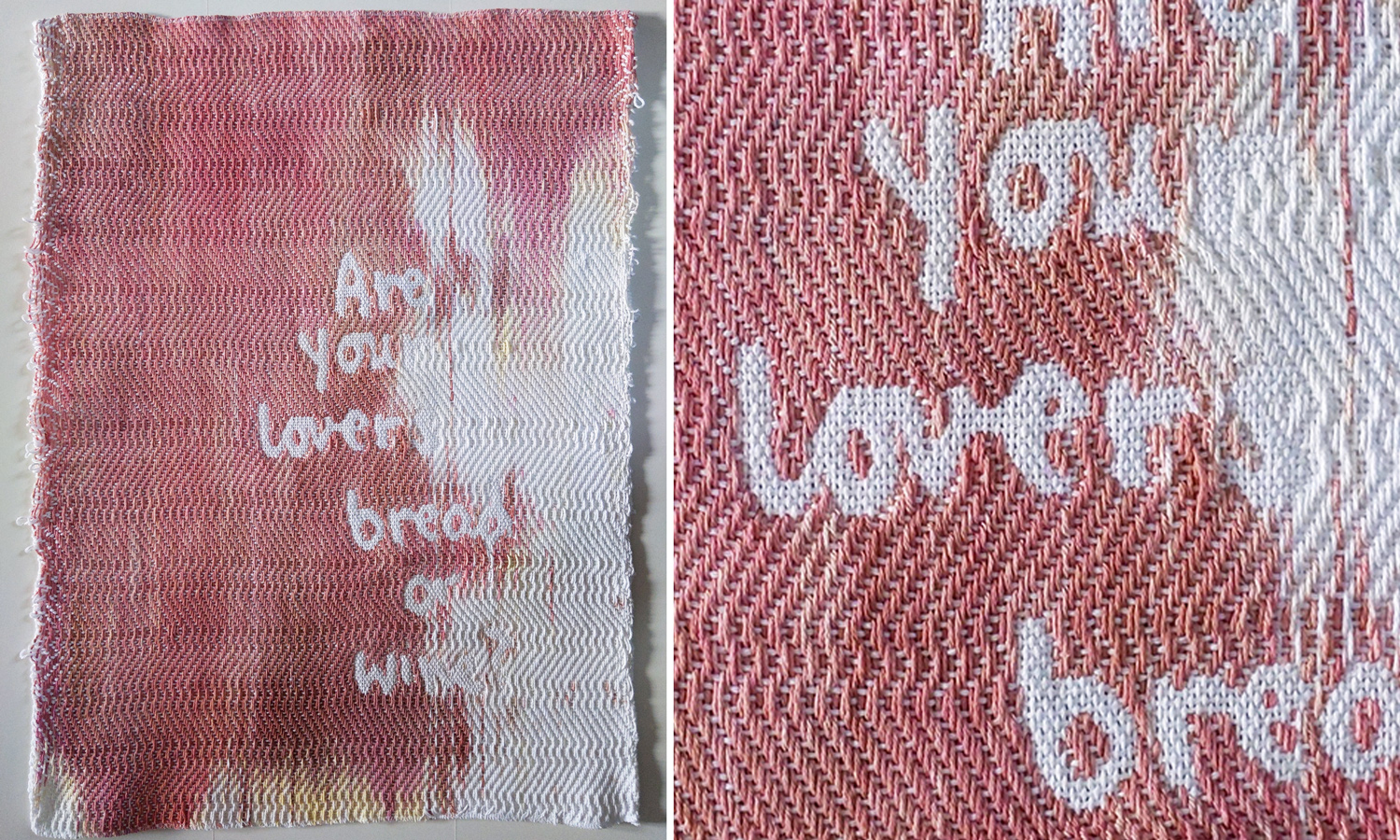
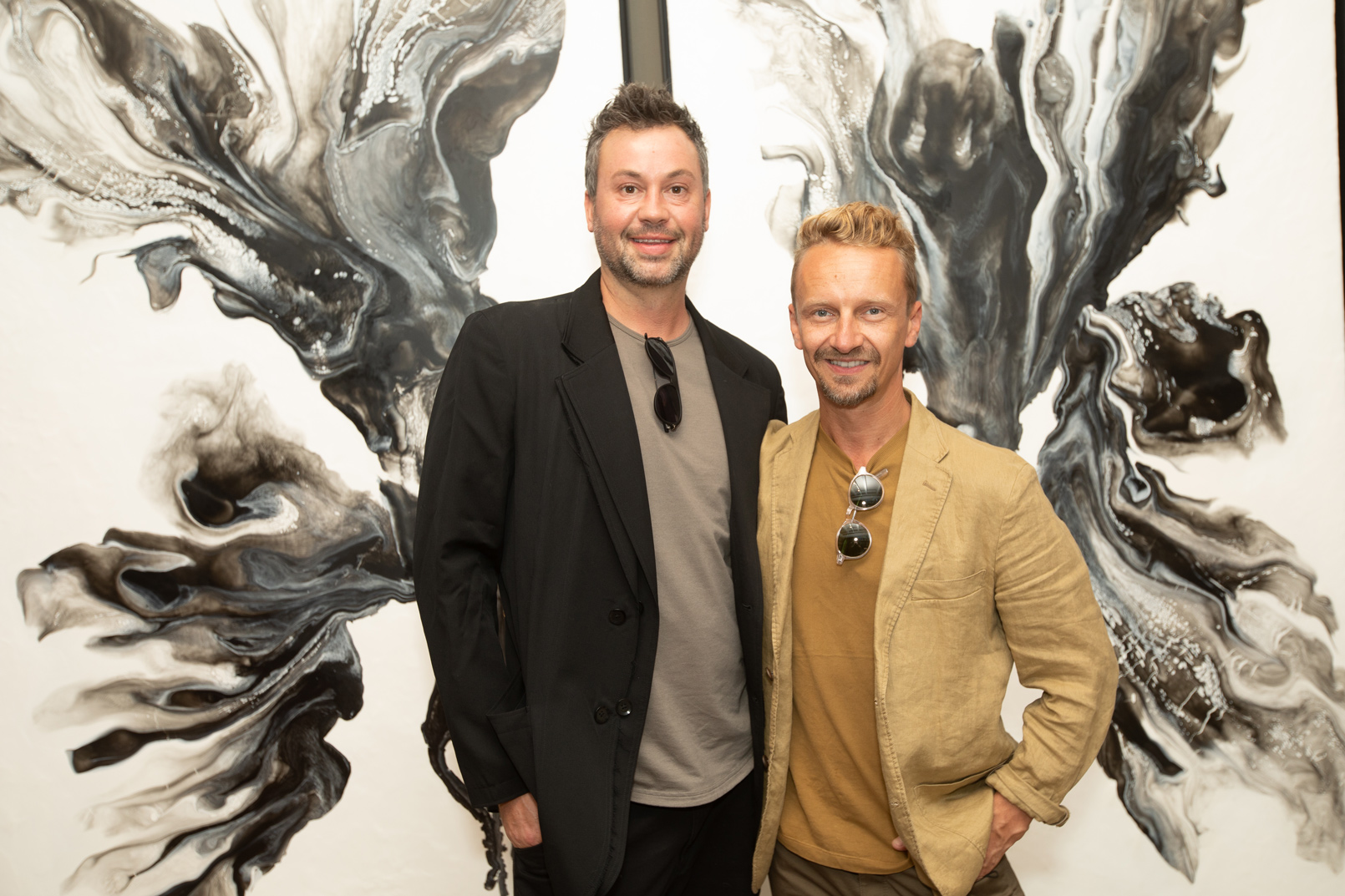
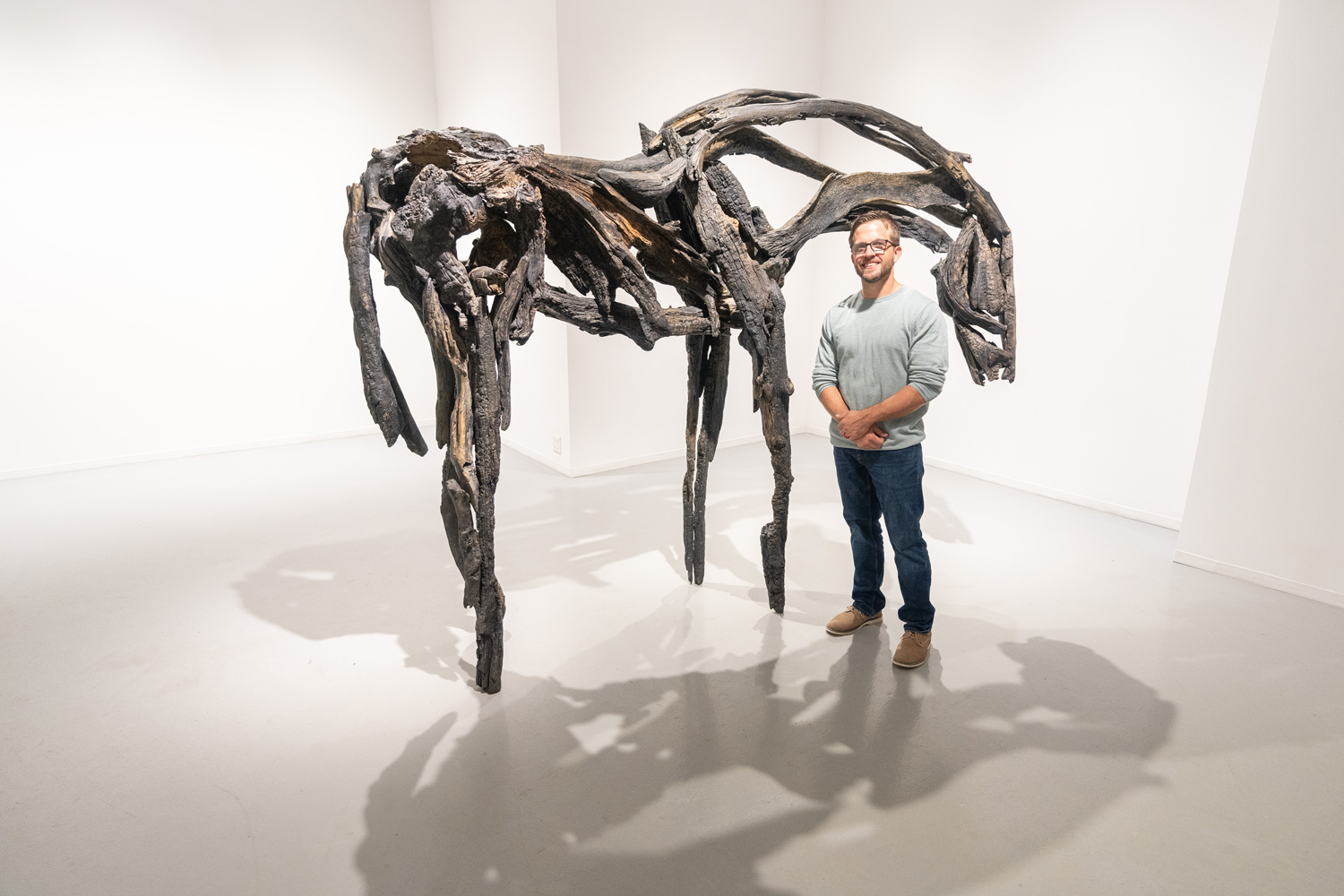
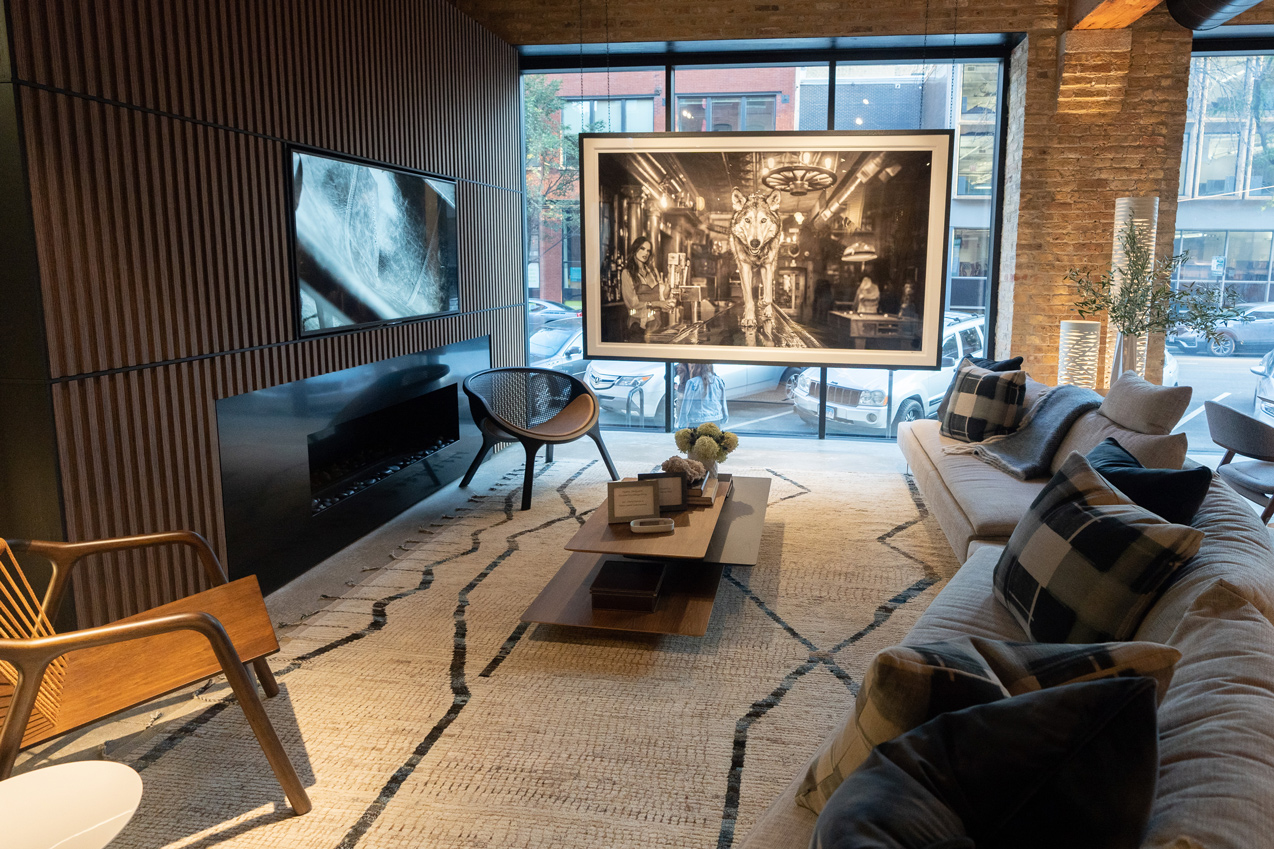
First published in Great Lakes By Design: Raising the Bar, 2021
Text: Brenna Buckwald
Featured Image: Sound Bath | Roberto Lopez




